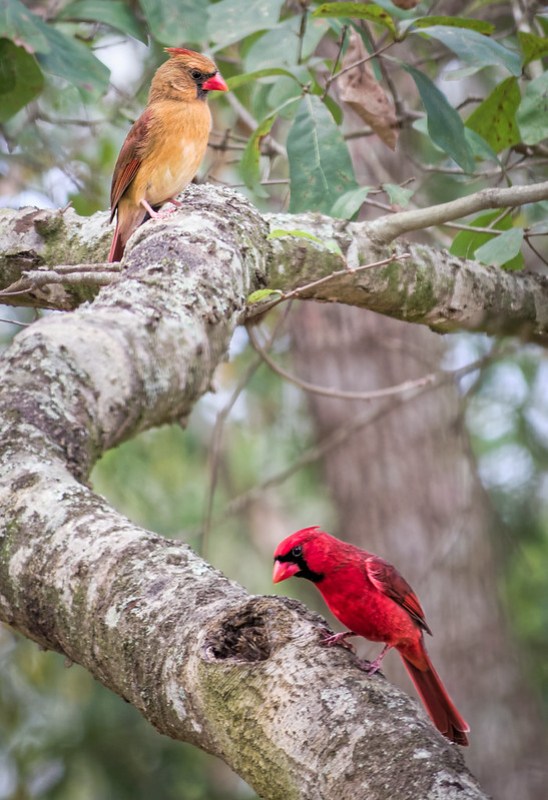… Well, some film failures and a small favorable film finish.
I’m a sucker for old cameras. I recently came across two that I ended up buying.
 A Zorki 6 35mm film camera made in 1962 in the Soviet Union
A Zorki 6 35mm film camera made in 1962 in the Soviet Union
This first one is a Soviet “Leica” clone I found in an antique store. I’d heard of them before, but never held one. It seemed to work, and since I’m a sucker – I bought it. I got it home, put in a roll of film and tried to take a few photos. The shutter is inconsistent and started running very slowly. First failure 😞. If you’re interested, there’s more info about the Zorki 6 at the Camera-wiki article at this link.
I ran across this next one at a different antique shop. It’s from Germany in the mid 1950s, and came with a clean Zeiss Sonar 50mm f/1.5 lens. I like the shutter speed range from 1 second to 1/1250 second (including T and B). The built-in selenium light meter still works too and no batteries are required. I’m always a bit leery of messing with these old cameras in the store. So I didn’t actually open it up or try to do too much investigation while there. It also seemed to be in pretty good shape and I went ahead and bought this one too. Yes I’m a sucker.
 Zeiss Contax IIIa ‘color dial’ 35mm rangefinder film camera
Zeiss Contax IIIa ‘color dial’ 35mm rangefinder film camera
I was able to find a manual and much more info about it online. You can read the Camerapedia article at this link. The first problem I ran into was a missing take up spool. So I tried to use a spool from a 35mm film canister, but the film wouldn’t reliably advance. Second failure 😞. More research turned up many used Zeiss Contax take up spools for sale, and I bought one on Ebay. Several days later I loaded up yet another roll of film and started clicking away again. This time the film advance worked. I finished the roll and anxiously shifted to Cinderella photography mode (see below*).
And yeah! Some of the frames were good. But many had weird light leaks. I inspected the shutter curtains carefully and saw a gap between them on one side. When the film is wound, the gap moves across the frame and if the lens cap is off, it partially exposes and ruins the film. Third failure 😞.
I can’t fix this. But I bought one more roll and this time I covered the lens each time I wound the film. And finally I was able to get some decent exposures. Favorable Finish on the fourth roll!! 😊
Here are three frames from the camera, along with comparison digital images I made at the same time. I think the camera works pretty well for 60 years old!


MK in the back yard (Film is on the left, click for larger versions) – I really like the way the Zeiss Sonar 50mm f/1.5 lens renders both the background and subject.


A Pine tree at sunset – (Film is on the left, click for larger versions) – The color rendering is different, I think digital might win this one. Different film would give different results.

 In the garden (Film is on the top, click for larger versions) – The Caladium leaves were in the sun and the B&W film seems to have handled the highlights better. The subject isolation in the film version is better here too.
In the garden (Film is on the top, click for larger versions) – The Caladium leaves were in the sun and the B&W film seems to have handled the highlights better. The subject isolation in the film version is better here too.
So, can I draw any interesting conclusions from this exercise?
- Buyer beware – 50 and 60-year-old mechanical devices may not work like new.
- There are no new parts for most old cameras and few people know how to work on them. Unless you’re willing to go to a lot of trouble / cost, they are what they are when you get them.
- You can buy a film camera with a warranty (KEH.com does this). It would be less frustrating.
- Film holds up pretty well (at least at web resolutions). I scanned these frames in with a desktop scanner and I could get better quality (at greater cost) with a professional drum scanner. Anyway, I think current digital cameras beat film hands down for convenience and quality.
- The “film” look can be pretty nice. I think the film portrait of MK came out better than the digital version. This is mostly due to the Sonar lens and 35mm film size.
- Film cameras can be frustrating, but they are fun to play around with. And film and old lenses definitely render scenes differently than digital cameras.
- For me, film is definitely a hobby as opposed to something I would use all the time for my photography.
- But film is enjoyable to play with. This Contax is usable if I’m careful and I might take it out and load it up from time to time. It reminds me of the rangefinder that my father gave me as my first camera.
Thanks for stopping by and reading my blog. Now – go make some photos!
©2016, Ed Rosack. All rights reserved.
*Cinderella photography: “Someday your prints will come”.
 I wonder where Dad is? Mom said he would feed us this time. Two young Great Egrets, waiting for their next meal at Gatorland in Orlando.
I wonder where Dad is? Mom said he would feed us this time. Two young Great Egrets, waiting for their next meal at Gatorland in Orlando.















 Red-bellied Woodpecker
Red-bellied Woodpecker







